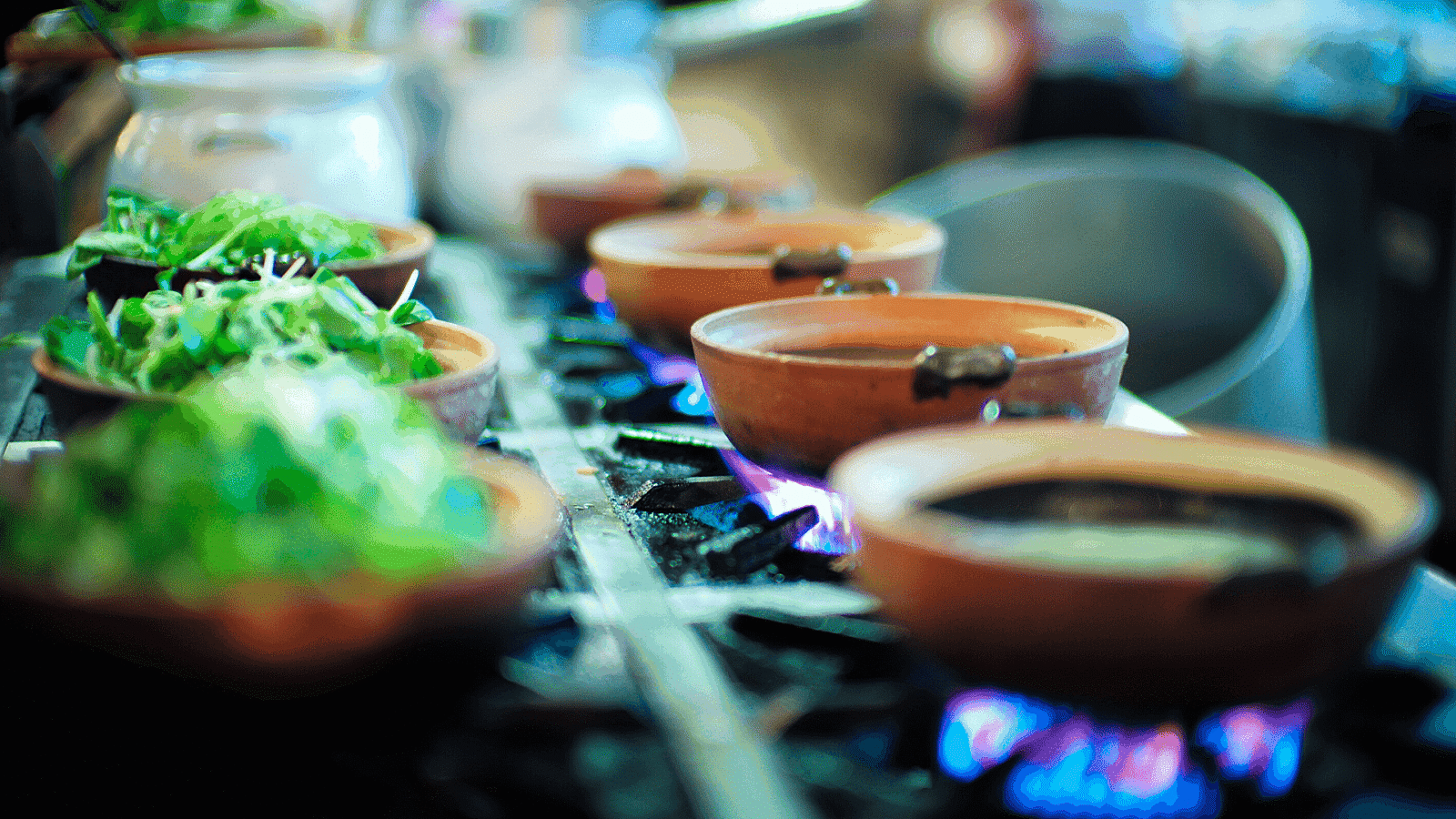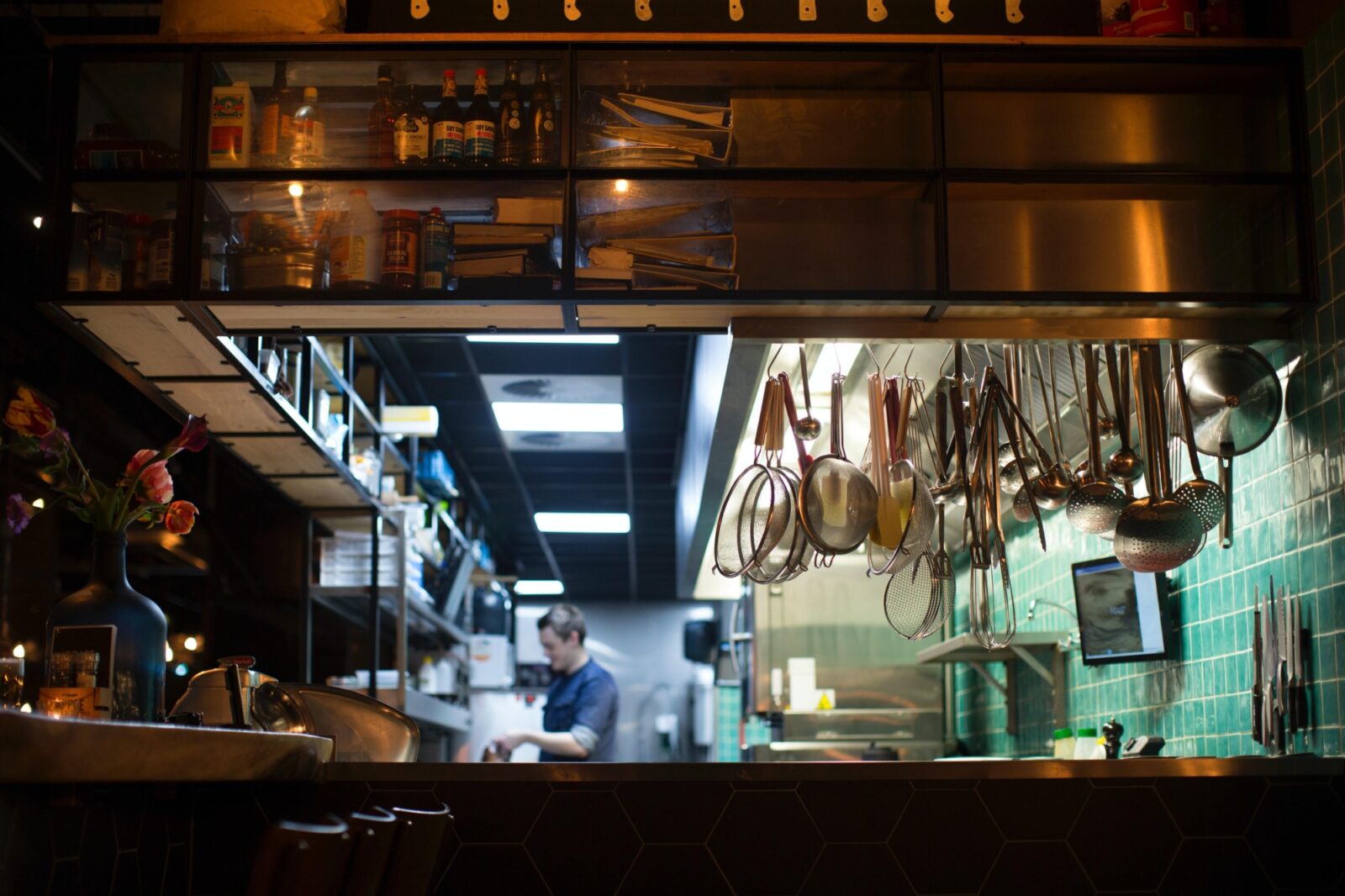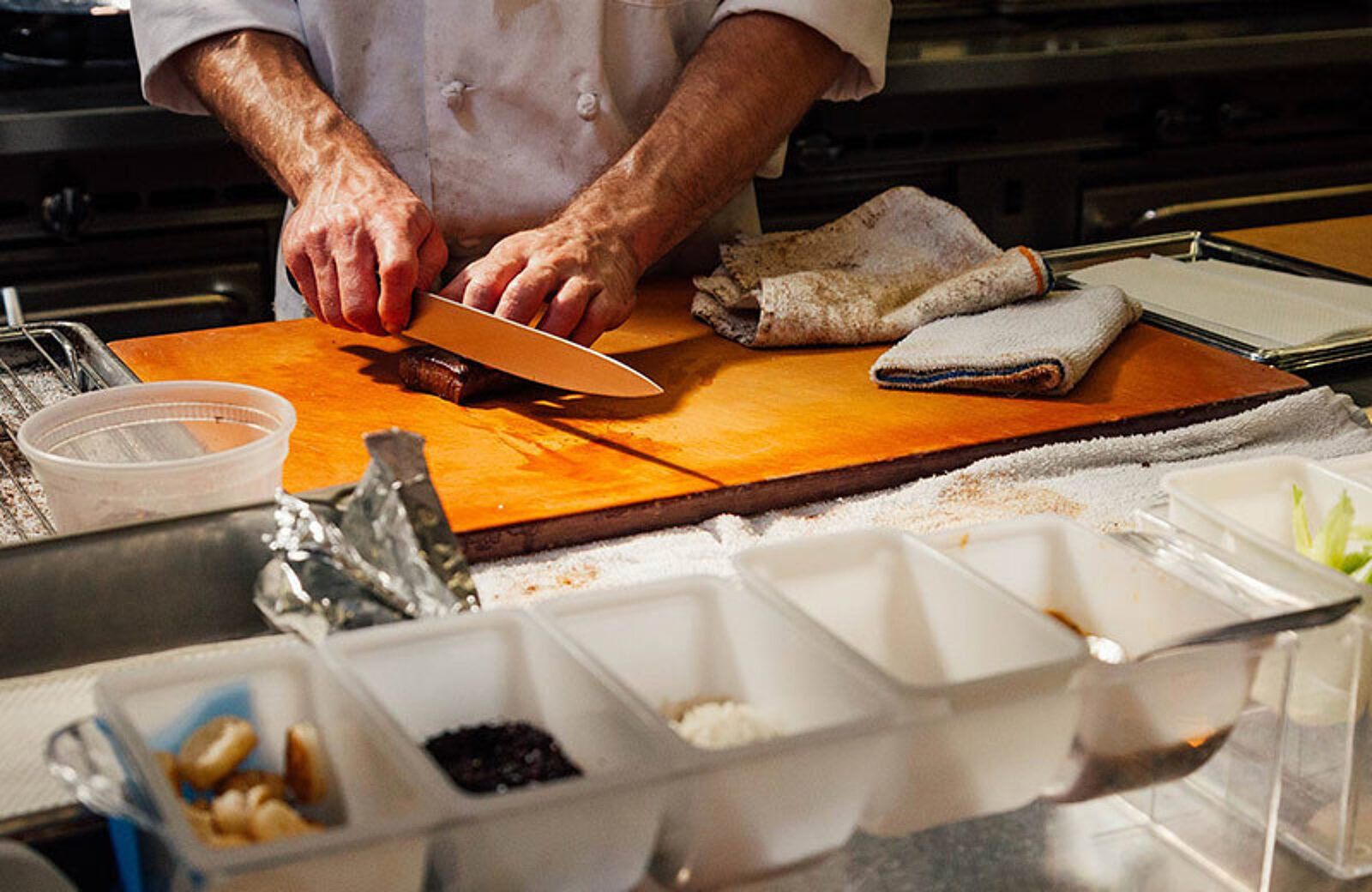
Restaurant Kitchen Safety Tips
Follow these kitchen safety tips to keep your employees safe and business booming.
Rich LansdaleAuthor
Workplace injury and illness cost restaurant owners millions of dollars annually in compensation and productivity. Kitchen safety should be a top priority for all restaurant people.
For hospitality workers, where hourly wages and casual employment contracts are the industry standard, a single missed day of work can not only cause undue financial stress, but can also affect the productivity of your kitchen.
The main cause of injury and illness in the hospitality industry is an unsafe work environment. Whether it be a small coffee shop or a large fast food franchise, the commercial kitchen can be a dangerous place to work; fortunately, maintaining a safe kitchen is pretty easy to do.
And in COVID times, kitchen safety can also include strict adherence to proper mask-wearing to prevent transmission of COVID, especially the extremely transmissible Omicron variant that's been spreading in late 2021 and early 2022.
Here are 10 easy-to-implement kitchen safety tips from other restaurant pros.
SOPs Template
This template will help you create SOPs for your entire business, so you can create consistency and easily train employees.

1. Correct Attire
Kitchen staff uniforms are designed to both designate rank and keep chefs clean and comfortable during service; they are often mandatory when working in a professional kitchen. Oftentimes, though, footwear choice is overlooked, and can be responsible for numerous injuries in the kitchen.
To keep kitchen staff safe, encourage them to wear closed-toed footwear at all times. Simply wearing close-toed footwear will prevent lacerations from falling knives, scalds, burns from hot water and oil, and chemical burns from cleaning products. The material of the footwear should be heavy-duty and waterproof and the soles should be non-slip to prevent falls.
2. Non-Slip Mats
Another essential safety product to prevent falls in the kitchen is a non-slip mat. Floors become greasy and wet during service and fast-moving workers can potentially cause workers to slip.
Slip-resistant mats and flooring provide necessary friction and traction for workers to continue a fast pace of service in the kitchen without worrying about incurring injuries.
3. Ventilation
A kitchen without adequate ventilation quickly becomes hot, smoky, and unbearable. This creates un-safe working conditions for kitchen employees who are required to spend long periods over cook tops, putting them at risk for heat-related illness.
A proper ventilation system is not only essential for the safety and comfort of your employees, but it is also a legal requirement. Failure to comply may result in the closure of your business.
Ensure you install the correct ventilation system for your kitchen and clean it often to keep the system functioning optimally.
4. Fire Suppression System
Fires are a constant danger in the commercial kitchen; they start for a variety of reasons.
The most common type of fire in the commercial kitchen is a grease fire. Unfortunately, common water sprinklers won't do a very good job of suppressing them.
The best method for containing kitchen fires is a fire suppression system. The system connects both to the range hood and the gas line, and, when tripped, will cut of the fuel source for the fire. As a secondary measure, there are nozzles installed in the range hood’s ventilation system which spray a fire suppressant.
5. Fire Safety Training
A fire suppression system is essential for a safe work environment, yet what's equally (if not more) important is training staff in how to use the system, along with general fire safety tactics. Conducting a training day with the local fire authority is an effective way to ensure the safety of your kitchen staff.
Staff should both know the location of fire extinguishers and blankets, as well as how to operate them. They should also know how to manually initiate the fire suppression system, administer first aid to burns, and perform CPR.
6. Fire and Evacuation Drills
Fire safety should be at the forefront of all restaurant employees’ minds and should be taken very seriously. In addition to training with fire safety products, regular fire safety drills should be a part of any occupational health and safety plan for your staff.
Regular drills will familiarize staff with the correct procedures to reduce the spread of a fire, as well as the best route to take when evacuating the premises. Keeping your staff well-prepared will reduce the potential amount of damage to property and protect both staff and customers.
7. Equipment Guards
Commercial grade kitchen equipment, such as Hobart mixers, grinders, and slicers, are essential components of any commercial kitchen. While these appliances make food preparation easier for kitchen staff, they do also pose a serious kitchen safety risk if they are not operated properly.
An effective way to prevent amputations and lacerations from poor equipment handling is to fit each appliance with an appropriate guard. The guard prevents fingers and hands from accidentally slipping into the working mechanisms, which is vital in a fast-paced kitchen.
8. Signage
Oftentimes, slips and falls in the kitchen are due to undisclosed hazards, like damaged floors or recently cleaned spills. When there are several employees in the kitchen at any one time, like during busy service, it pays to have adequate signage drawing attention to potential hazards so as to prevent injury and keep the kitchen safe.
Ensure cleaning staff use signs to indicate slippery floors; they should be conspicuously positioned and in high-contrast colors. In the case of damaged property, block off the affected area until repairs can be made. When spills occur, encourage staff to clean them up as soon as possible, use signage to indicate the hazard, and notify the rest of the staff to take care around the area.
9. Occupational Health and Safety Training
While occupational health and safety training is important for workers across all industries, there are hospitality-specific hazards you should address with staff to ensure kitchen safety. The most effective way to do this is by conducting a designated occupational health and safety training day.
A safety training seminar will address such issues as correct heavy lifting techniques, proper food storage and handling, how to avoid repetitive stress injuries, and how to remove or avoid other potential hazards in the kitchen.
10. Correct Cleaning Techniques
Poor kitchen hygiene is not only dangerous to the customers, but also to the kitchen staff handling the food. Food-borne illness is one of the top reasons cited for missed work days.
To keep staff safe in the kitchen, train them in the use the proper cleaning techniques with proper products. This way, you can ensure their work environment is sanitary, and reduce the risk of spreading food-borne illnesses to customers.
---
Kitchens can be hazardous environments to work in. Flames and fuel in close proximity, hazardous cleaning chemicals, and sharp food prep equipment are only some of the potential dangers lurking in the kitchen.
Kitchen safety should be a priority in your restaurant. Incorporate these simple kitchen safety tips to improve the work environment for your kitchen staff. Not only will you be protecting your workers from injury and accident, but you'll also be keeping your kitchen as productive possible.
Related Menu Ideas
Is this article helpful?
DISCLAIMER: This information is provided for general informational purposes only, and publication does not constitute an endorsement. Toast does not warrant the accuracy or completeness of any information, text, graphics, links, or other items contained within this content. Toast does not guarantee you will achieve any specific results if you follow any advice herein. It may be advisable for you to consult with a professional such as a lawyer, accountant, or business advisor for advice specific to your situation.
Read More
Subscribe to On the Line
Sign up to get industry intel, advice, tools, and honest takes from real people tackling their restaurants’ greatest challenges.

